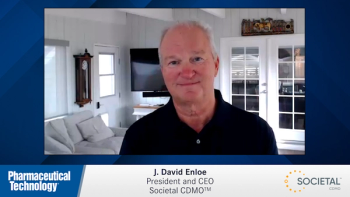
Funding for Embryonic Stem Cell Research Gets Green Light
A federal appeals court has ruled that the National Institutes of Health (NIH) can continue to fund embryonic stem cell research, upholding a July 2011 ruling that found that such research does not violate the Dickey-Wicker Amendment prohibiting federal funding for research in which a human embryo is destroyed.
A federal appeals court has
To recap, in 2009, President Obama signed an Executive Order removing restrictions on funding for research using embryonic stem cells put in place in 2001 by the Bush administration. President Obama also asked the NIH to update their guidelines for the responsible use of embryonic stem cells, which were originally drafted in 2000. Shortly after the restrictions were lifted, two scientists opposed to embryonic stem cell research filed a lawsuit against the NIH (read more
The NIH, in turn, took the position that an embryonic stem cell is not an embryo. The NIH stated that the Guidelines “recognize the distinction, accepted by Congress, between the derivation of stem cells from an embryo that results in the embryo’s destruction, for which Federal funding is prohibited, and research involving [human embryonic stem cells] that does not involve an embryo nor result in an embryo’s destruction, for which Federal funding is permitted” (Fed. Reg. 74 (128), 22107, 2009). In July 2011, US District Court for the District of Columbia Chief Judge Royce Lamberth dismissed the suit, agreeing with NIH’s distinction that research using embryonic stem cells is different from research on embryos.
When the suit was dismissed, it was predicted that the plaintiffs would appeal. The three-judge appeals court upheld the District Court ruling, but the judges arrived at their decisions by different pathways, and with some soul-searching over the original ruling. Circuit Judge Janice Rogers Brown wrote in her decision, “The challenging-and constantly evolving-issues presented by bioethics are critical and complex. Striking the right balance is not easy and not, in the first instance, a task for judges.” She concludes, “Given the weighty interests at stake in this encounter between science and ethics, relying on an increasingly Delphic, decade-old single paragraph rider on an appropriations bill hardly seems adequate.”
Newsletter
Get the essential updates shaping the future of pharma manufacturing and compliance—subscribe today to Pharmaceutical Technology and never miss a breakthrough.

